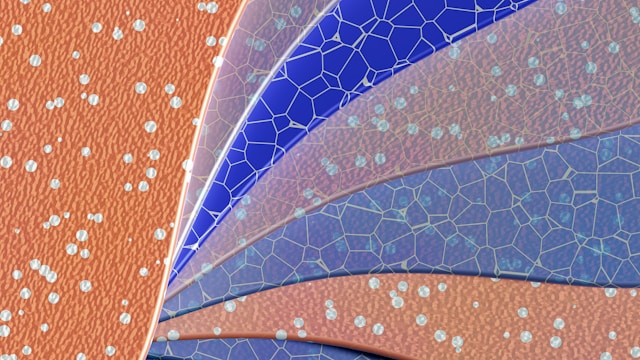
Part 1: Japanese Designers in Paris
Japan was once widely recognized as an exporter of industrial products such as automobiles, home appliances, and cameras. However, in recent years, the country has also gained attention as an exporter of culture itself. Japanese music, games, anime, films, and fashion are highly valued worldwide, and their economic significance has continued to grow.
According to 2020 data, the export value of Japanese entertainment-related content, including music, films, anime, and games, reached about 30 billion USD, nearly doubling over the past decade. Anime and games, in particular, have seen remarkable global demand, spreading internationally through platforms like Netflix.
Fashion is no exception, drawing attention across Europe, the United States, and Asia. Tokyo Fashion Week has established itself as a major event in the global fashion industry, while Japanese designers and brands continue to thrive on international stages. Designs that incorporate social themes such as sustainability and gender neutrality are especially embraced by younger generations around the world.
Experts note that "through cultural exports, especially pop culture, Japan is establishing a new international presence." Like anime and music, Japanese fashion has demonstrated its influence across the globe, with its unique styles widely appreciated.
After World War II, when Japanese designers appeared on the international stage, their clothing and aesthetic sensibilities fascinated Western consumers, buyers, and fellow designers. Among the best-known Japanese designers in Paris are Hanae Mori, Kenzo Takada, Issey Miyake, Rei Kawakubo, and Yohji Yamamoto.
Yet, success in Paris was far from easy for non-Western designers. When Hanae Mori spoke of her plans to enter the U.S. market, she faced strong opposition, with only her husband supporting her vision. Issey Miyake later recalled being told, "It’s impossible for a Japanese person to become a designer in Paris."
In fact, before Kenzo Takada began showcasing collections in Paris, there had been no Asian designers active in the city. While non-French couturiers like Balenciaga and Schiaparelli existed, it was not until Hanae Mori joined the Chambre Syndicale de la Couture in 1977 that an Asian designer was officially recognized.
At the time, the common belief was that "it is impossible for non-Westerners to succeed in Paris." However, Japanese designers gained international recognition by showcasing their unique aesthetic vision. Designs that incorporated traditional fabrics or elements of the kimono were accepted as new values in global fashion.
In particular, the early 1980s collections by Rei Kawakubo and Yohji Yamamoto shocked audiences in Paris. Their asymmetrical, austere, and deliberately unfinished styles challenged established norms. Bernardine Morris of the New York Times (1983) remarked, "They seemed to come not from another culture, but from another planet."
Even today, these Japanese designers continue to play a crucial role in Paris and inspire the next generation of creators worldwide.
Back to Home